If you’re considering planning a Camino de Santiago hike, you’re in for an unforgettable adventure. Whether you’re drawn to its rich history or the physical challenge, the Camino de Santiago offers a unique experience for hikers of all levels. In this guide, we’ll cover everything you need to know about budgeting, where to sleep, what to eat, how many miles to walk each day, and tips for solo female hikers to ensure your journey is safe and enjoyable.
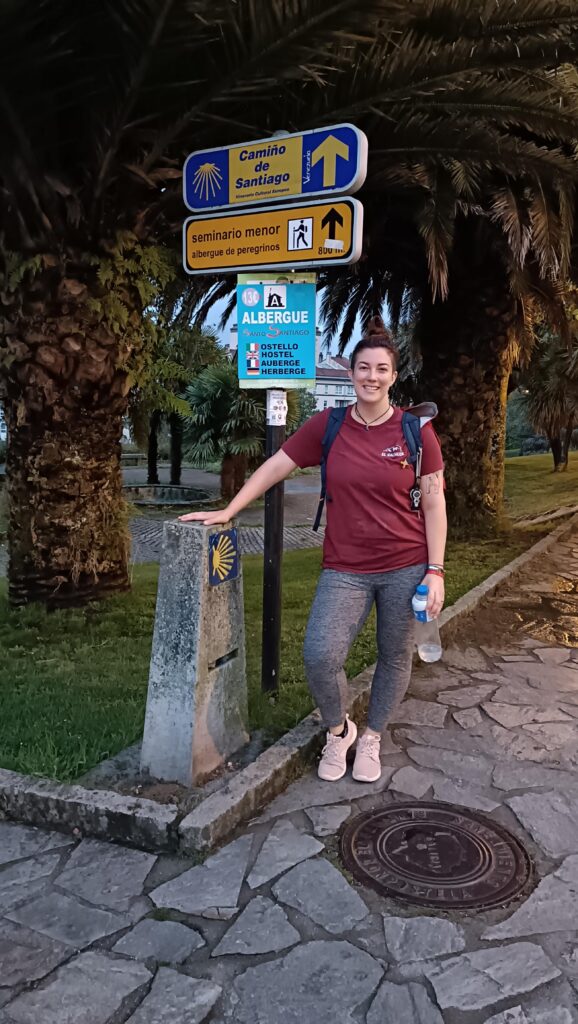
Budgeting for Your Camino de Santiago Hike
When planning a Camino de Santiago hike, setting a budget is key. Your total cost will depend on your route, accommodation preferences, and dining choices. Here’s a rough breakdown:
- Accommodation: Albergues (pilgrim hostels) are the most popular choice, costing between €5-€15 per night. If you prefer private rooms in guesthouses or hotels, you’ll spend around €30-€60 per night.
- Food: You can eat affordably by opting for “pilgrim menus” at local restaurants, which cost about €10-€15. If you shop for groceries and prepare your meals, expect to spend around €5-€10 per day.
- Transportation: Depending on where you start, you may need to budget for flights or train rides to reach the beginning of your Camino. Look for affordable flights to cities like Santiago de Compostela or Madrid and factor in transport to your starting point.
- Miscellaneous Costs: Laundry, snacks, and water are other minor expenses to consider. Laundry at albergues typically costs around €5, and you can buy snacks along the way.
Where to Sleep While Planning a Camino de Santiago Hike
Accommodation is one of the most important parts of planning a Camino de Santiago hike. The route offers various sleeping options:
- Municipal Albergues: These are affordable, government-run hostels, usually costing €5-€10 per night. They offer basic amenities like bunk beds and communal spaces, but they fill up on a first-come, first-served basis.
- Private Albergues: These hostels offer more comfort with private bathrooms and smaller dorm rooms, costing around €10-€20 per night. They are usually quieter and less crowded than municipal options.
- Hotels and Guesthouses: For those seeking more comfort or privacy, small hotels and guesthouses are available along the route, with prices ranging from €30-€60 per night.
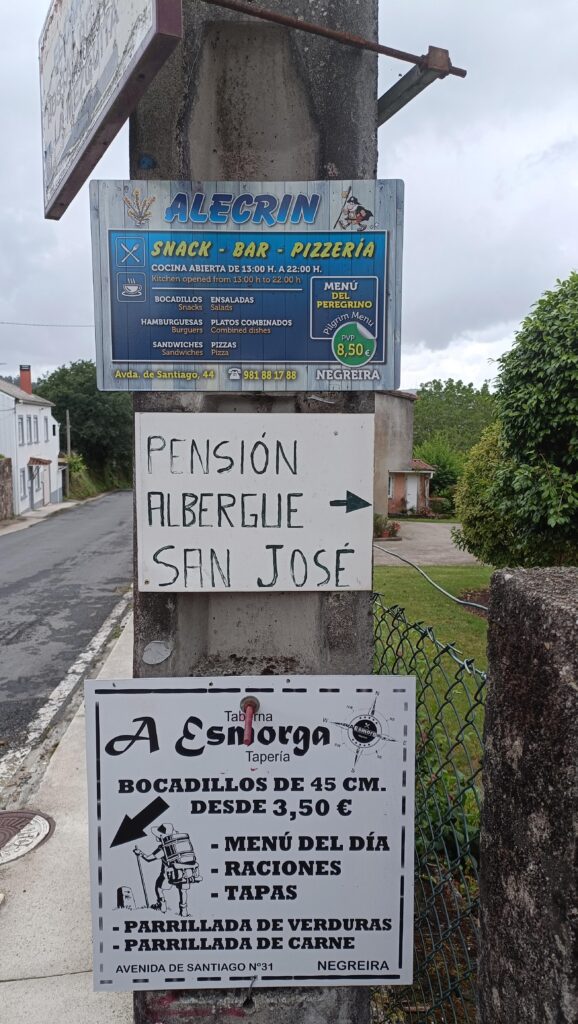
What to Eat While Walking the Camino
Fueling your body properly while planning a Camino de Santiago hike is essential. You’ll be walking an average of 12-16 miles per day, so a balanced diet is key:
- Pilgrim Menu: Available at most cafes and restaurants along the route, the pilgrim menu is a budget-friendly option offering a three-course meal for about €10-€15.
- Grocery Stores: For those who prefer self-catering, grocery stores in towns along the Camino provide bread, cheese, fruits, and other essentials at reasonable prices.
- Local Cafes and Bakeries: Treat yourself to Spanish pastries and a coffee at local bakeries in the mornings. These stops are a delicious and affordable way to start your day.
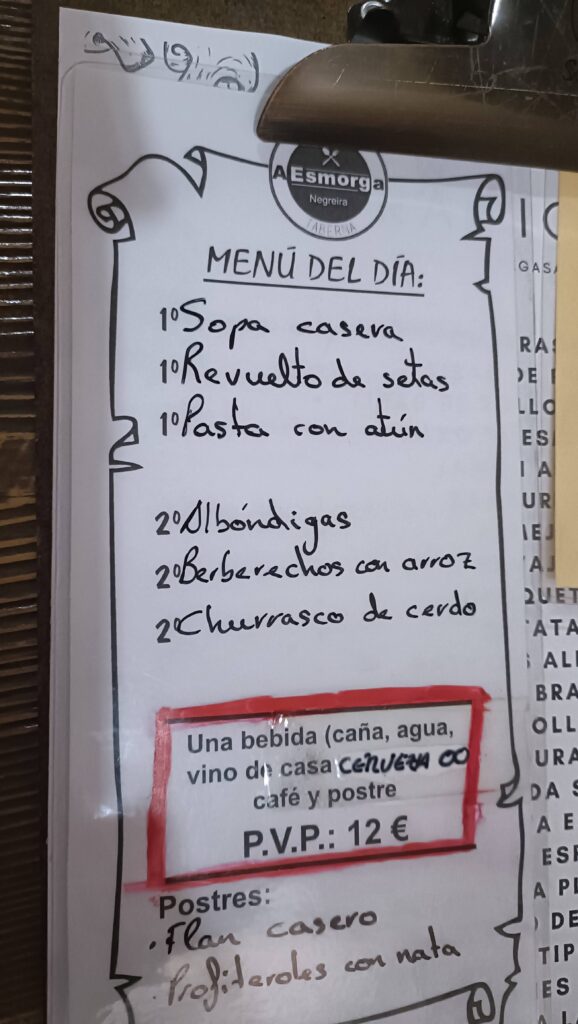
Daily Mileage: How Many Miles to Walk Per Day
When planning a Camino de Santiago hike, it’s important to set realistic expectations for your daily mileage. The typical distance walked each day ranges from 20-25 kilometers (12-16 miles). However, this can vary based on your fitness level, the specific route you’re following, and how much time you have.
For those new to long-distance walking, shorter daily distances (10-15 kilometers) may be a good starting point. Listen to your body and adjust as needed. Remember, the Camino is about the journey, not just the destination!
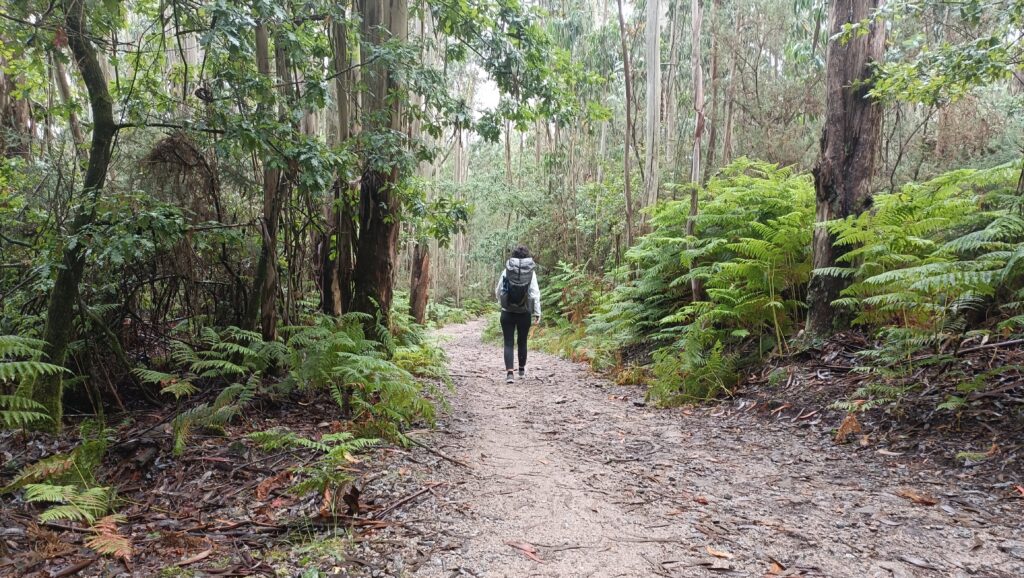
Solo Female Hikers: Safety Tips for Your Camino de Santiago Hike
The Camino de Santiago is generally considered a safe trail, but if you’re planning a Camino de Santiago hike as a solo female traveler, here are a few extra safety tips:
- Stay in Albergues: Staying in albergues is a great way to connect with other pilgrims and ensure safety in numbers. The communal atmosphere is welcoming, and you’ll meet other solo hikers along the way.
- Share Your Itinerary: Keep family or friends back home updated with your daily plans. You can also use tracking apps to allow them to follow your journey in real time.
- Pack Smart: Essentials like a first-aid kit, headlamp, and a power bank are must-haves for solo travelers. Don’t forget sturdy walking shoes and blister care items!
- Walk During the Day: Start your walk early in the morning and aim to finish by mid-afternoon. This gives you plenty of daylight for hiking and settling into your accommodation before nightfall.
Camino Packing List
When planning a Camino de Santiago hike, packing light is essential. Here’s a list of the must-have items for your journey:
- Comfortable, broken-in hiking shoes
- Lightweight backpack (30-40 liters)
- Quick-dry clothing and layers
- Waterproof jacket or poncho
- Sleeping bag liner for albergue stays
- Refillable water bottle
- First-aid kit with blister care supplies
- Camino passport (Credential del Peregrino)
- Hat, sunglasses, and sunscreen
- Power bank for charging devices
- Lightweight towel and toiletries
The History and Significance of the Camino de Santiago
The Camino de Santiago has been a revered pilgrimage route for over a thousand years. The path leads to the Cathedral of Santiago de Compostela, where the remains of St. James are believed to be buried. Today, many walk the Camino for spiritual reasons, while others are drawn to its rich history and the opportunity to explore Spain’s diverse landscapes.
The Camino Francés is the most popular route, beginning in St. Jean Pied de Port and stretching over 780 kilometers (500 miles) across northern Spain. Other notable routes include the Camino Portugués and the Camino del Norte, each offering unique scenery and challenges.
Watch the Video with All Details you Need to Know
Ready to Start Planning Your Camino de Santiago Hike?
If you’re ready to begin planning a Camino de Santiago hike, sign up for my newsletter to receive the latest tips and updates. Need help organizing your trip? Book my personalized travel concierge service today, and I’ll help you create the Camino experience of your dreams!
External Resources:
- Learn more about the history of the Camino at santiagoturismo.com
- Get additional pilgrim tips and resources at Camino de Santiago forum
Ready to travel safely and confidently on your own? Grab our free ebook packed with essential safety tips for solo female travelers! Discover expert insights and practical strategies to make your journeys empowering and worry-free. Download now and take the first step toward your safest adventure yet!
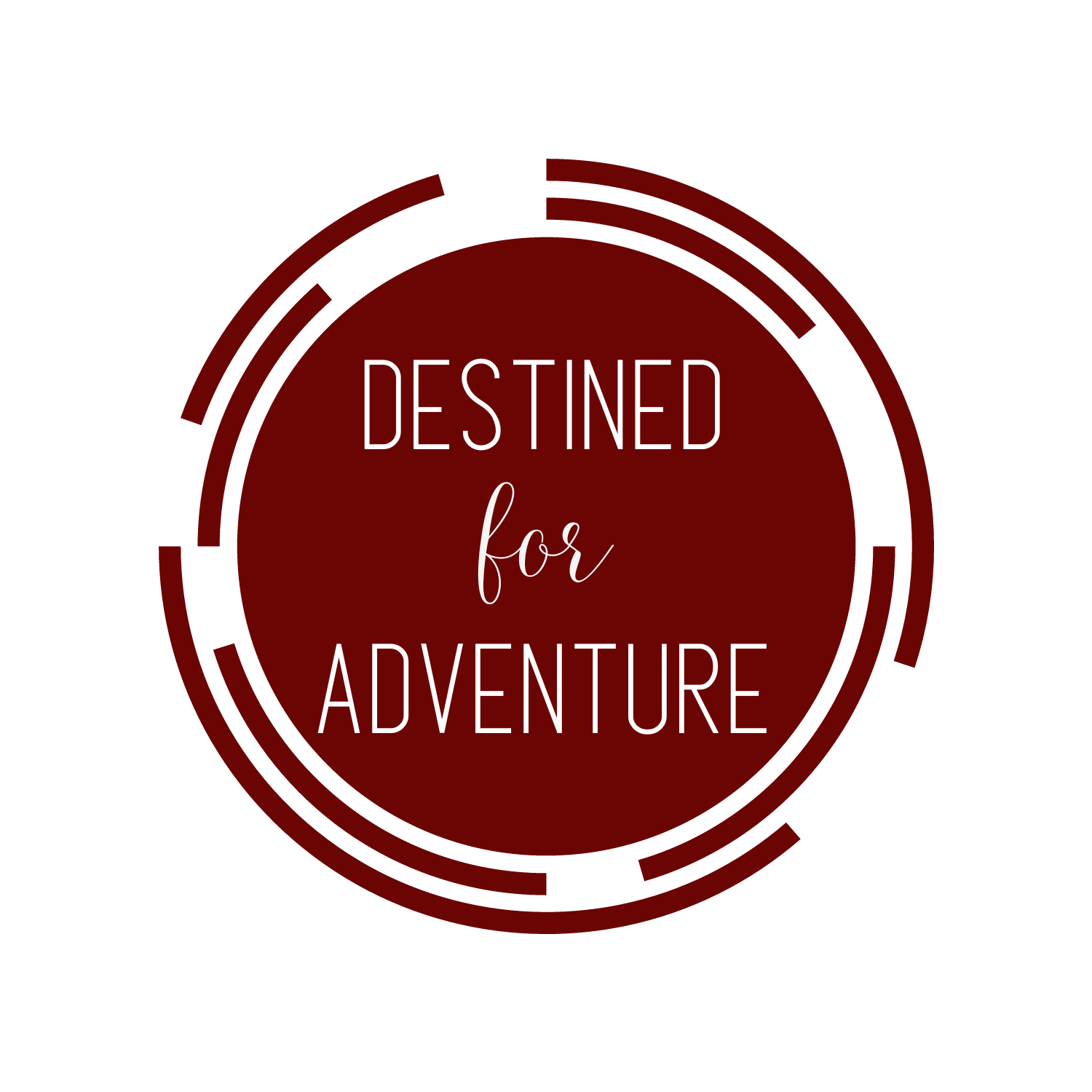
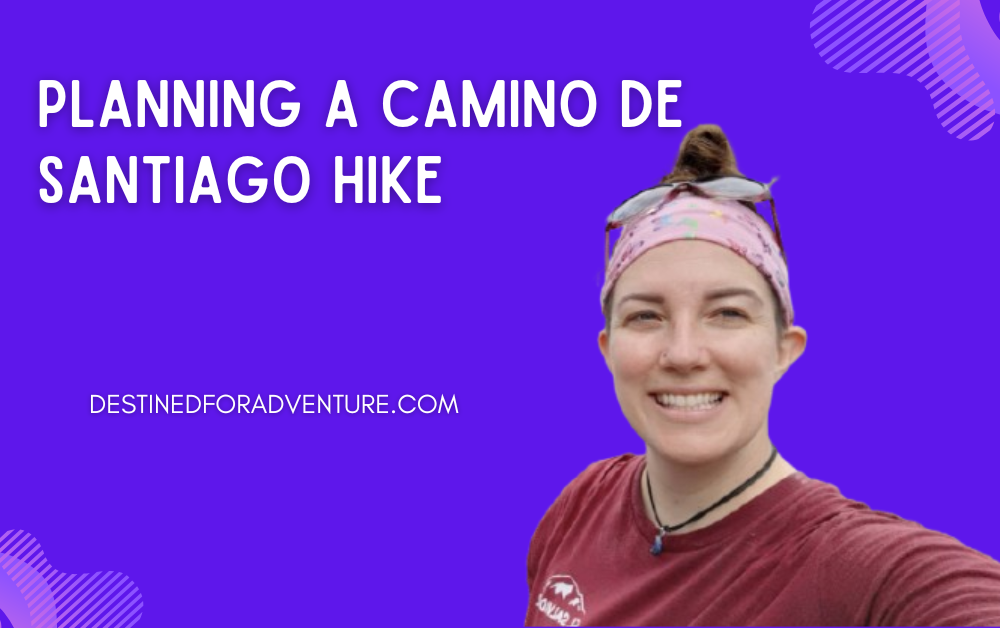




0 Comments